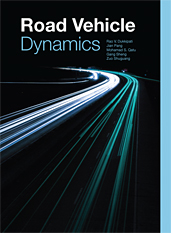Technical Paper
A Localization System for Autonomous Driving: Global and Local Location Matching Based on Mono-SLAM
2018-08-07
2018-01-1610
The utilization of the SLAM (Simultaneous Localization and Mapping) technique was extended from the robotics to the autonomous vehicles for achieving the positioning. However, SLAM cannot obtain the global position of the vehicle but a relative one to the start. For sake of this, a fast and accurate system was proposed to obtain both the local position and the global position of vehicles based on mono-SLAM which realized the SLAM by using monocular camera with a lower cost and power consumption. Firstly, the rough latitude and longitude of current position was obtained by using common GPS without differential signal. Then, the Mono-SLAM operated on the consecutive video frames to generate the localization and local trajectory and its accuracy was further improved by utilizing the IMU information. After that, a piece of Map centered in the rough position obtained by common GPS was downloaded from the Open Street Map.


